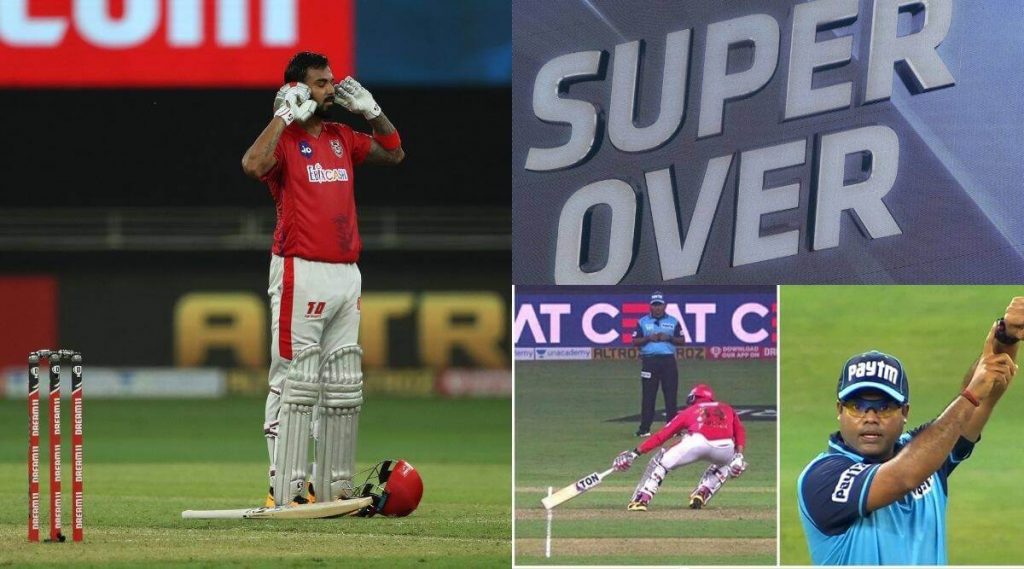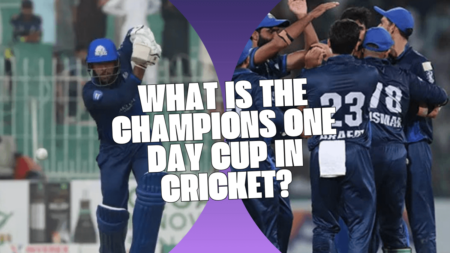

A super over or a one-over eliminate is played in cricket in the event of a match being tied or drawn. This happens when both teams score the same number of runs in their respective innings. The super-over replaced the bowl-out in 2008 as a means of deciding the winner in case of a tie.
The super over can be visualised as a mini-innings of six balls. Once the match ends in a tie, the team batting second, bat’s first in the super over, whereas the bowling side decides which end they want to bowl from. Each team has two wickets in hand. If the two wickets fall before the completion of the six balls, the mini-innings comes to an end. The opposition team then bats next to chase down the score of the team that batted first.
Controversies arised when scores in the super over were also tied. In the 2019 ICC Men’s Cricket World Cup final, New Zealand and England scored the same number of runs in the super over. The match was later decided by the higher number of boundaries scored by the team, which resulted in England being declared the winner. This caused a stir among cricket fans and pundits after which the laws were revised.

New Laws
According to the new laws, if same number of runs were scored in a super over played in a group stage match, the match was declared a tie. However, if the super over was tied in a semifinal or a final, then another super over is played after five minutes till one of the sides score more runs. Till date, there has only been one instance when a second super over was played to decide the winner. This took place in the 2020 Indian Premier League match between Mumbai Indians and Kings XI Punjab.
Ever since it was first played to decide the winner of the match between West Indies and New Zealand in 2008, the super over has been used in over sixteen matches to decide the winner. It has twice been used in One-day Internationals, one of which was the 2019 Men’s World Cup final. Runs scored or wickets taken by the cricketers during the super-over do not add to their career statistics.
A super over has thus proven to be a balanced alternative to decide the winner nof a tied match, compared to the previously used bowl-out format that focused only on the bowlers.




